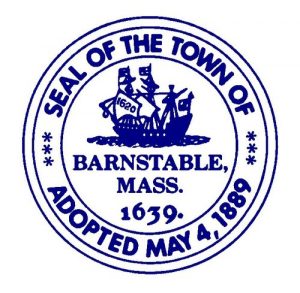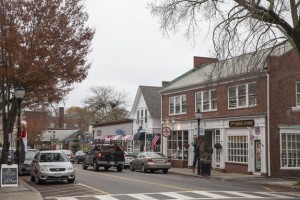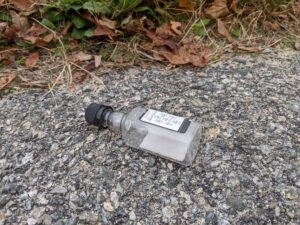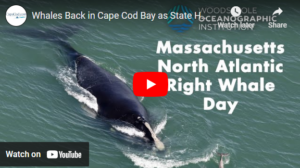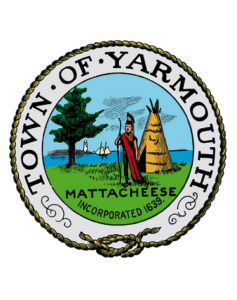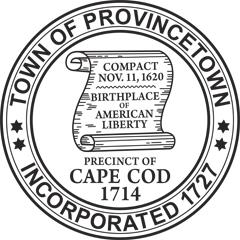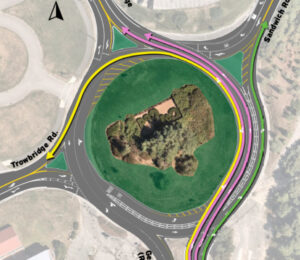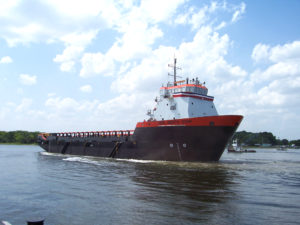The Cape Cod National Seashore features over 40 miles of gorgeous beach, marshes and ponds and is home to a number of cultural landscapes with lighthouses and cranberry bogs.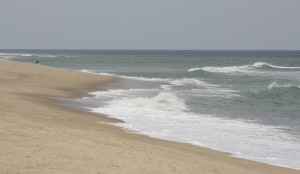
The seashore offers a number of activities, including swimming, biking and hiking, as well as educational programs and classes. The land that comprises the Cape Cod National Seashore is also full of history, with evidence of ancient peoples.
The Cape Cod National Seashore works to protect its inhabitants and their habitats, monitors ecosystems and addresses environmental concerns regarding the park.
Archaeology
Humans have lived on the Cape for thousands of years, and many artifacts have been found signifying their presence throughout the Cape Cod National Seashore. These artifacts include projectile points or arrow heads. Settlement of earlier people can be traced all throughout outer Cape Cod.
According to the National Park Service, archaeologists found signs of ancient villages and activities around Nauset Harbor and Wellfleet Harbor. Deposits of trash have been discovered, and there are undiscovered archaeology sites yet to be found.
Maritime History
A 50 mile area of sea from Provincetown to Chatham is known as an “ocean graveyard,” with over 1,000 shipwrecks in the ocean between the two towns, according to the Cape Cod National Seashore. The shipwrecks off this eastern coast include the HMS Somerset, Sparrowhawk, Frances and the Widah.
The Cape Cod National Seashore has many historical locations and structures that give insight into Cape Cod’s past. The Three Sisters Lighthouses are visible examples of the Cape’s maritime history. After moving a number of times, the lighthouses were restored. The Old Harbor Life-Saving Station, which was originally in Chatham, is now in Provincetown, where breeches buoy rescue re-enactments can be seen today. These rescue methods helped save sailors after a ship wreck, and there were often two shipwrecks per month during the time period the breeches buoy rescue was used.
The Cape Cod National Seashore also contains locations that are of great importance in history, with sites like Marconi Station, the French Transatlantic Cable Station and Pilgrim landing sites.
Outdoor Activities
Swimming, hiking, biking and exploring are popular outdoor activities within the 40 miles of land that encompasses the Cape Cod National Seashore.
Gorgeous beaches offer spectacular views and plenty of opportunities to swim in the Atlantic Ocean.
The many nature trails throughout the forested areas of the Cape Cod National Seashore offer perfect walking and hiking paths, and salt marshes offer opportunity to discover their various inhabitants.
Denizens of the National Seashore
Over 450 different species reside within the Cape Cod National Seashore. There are twenty-five federally protected species in the park, like the piping plover.
Wildlife habitats are protected, as the National Seashore is home to amphibians, birds, mammals, reptiles, marine invertebrates and many types of plants that require close monitoring.
Research Topics
The Cape Cod National Seashore publishes reports and publications covering topics such as shorebirds, ponds and restoration. The Atlantic Research & Learning Center within the National Seashore is a part of a nationwide network of research centers. According to the Cape Cod National Seashore, the purpose of the research center is to increase and expand scientific practices and research that will affect management decisions and create educational opportunities within the park. ARLC researchers’ questions cover a wide range of physical, biological and chemical disciplines.
The Cape Cod National Seashore has many restoration projects in place that restore and maintain particular ecosystems that have presented ecological and social concerns. The Cape Cod Ecosystem Monitoring Program, or CCEM, utilizes a long-term approach to collect data and analyze ecosystems within the park.
Education & Outreach
Educational opportunities at the Cape Cod National Seashore offer students varied experiences with America’s national and cultural treasures. From beaches and wildlife to cranberries and lighthouses, the National Seashore covers many different subjects.
Students of all ages can get hands on experience with nature in the various programs and field trips, covering topics such as barrier beaches and climate change. The ARLC provides outreach activities such as public presentations, technical assistance to scientists and teachers, and field trips and seminars for students.
The Cape Cod National Seashore Citizen Science Program includes and engages the public, expanding seashore scientists’ monitoring of priority resource issues. The efforts of the Citizen Science monitoring programs cover topics like red-winged blackbirds and ice dynamics in kettle ponds.






